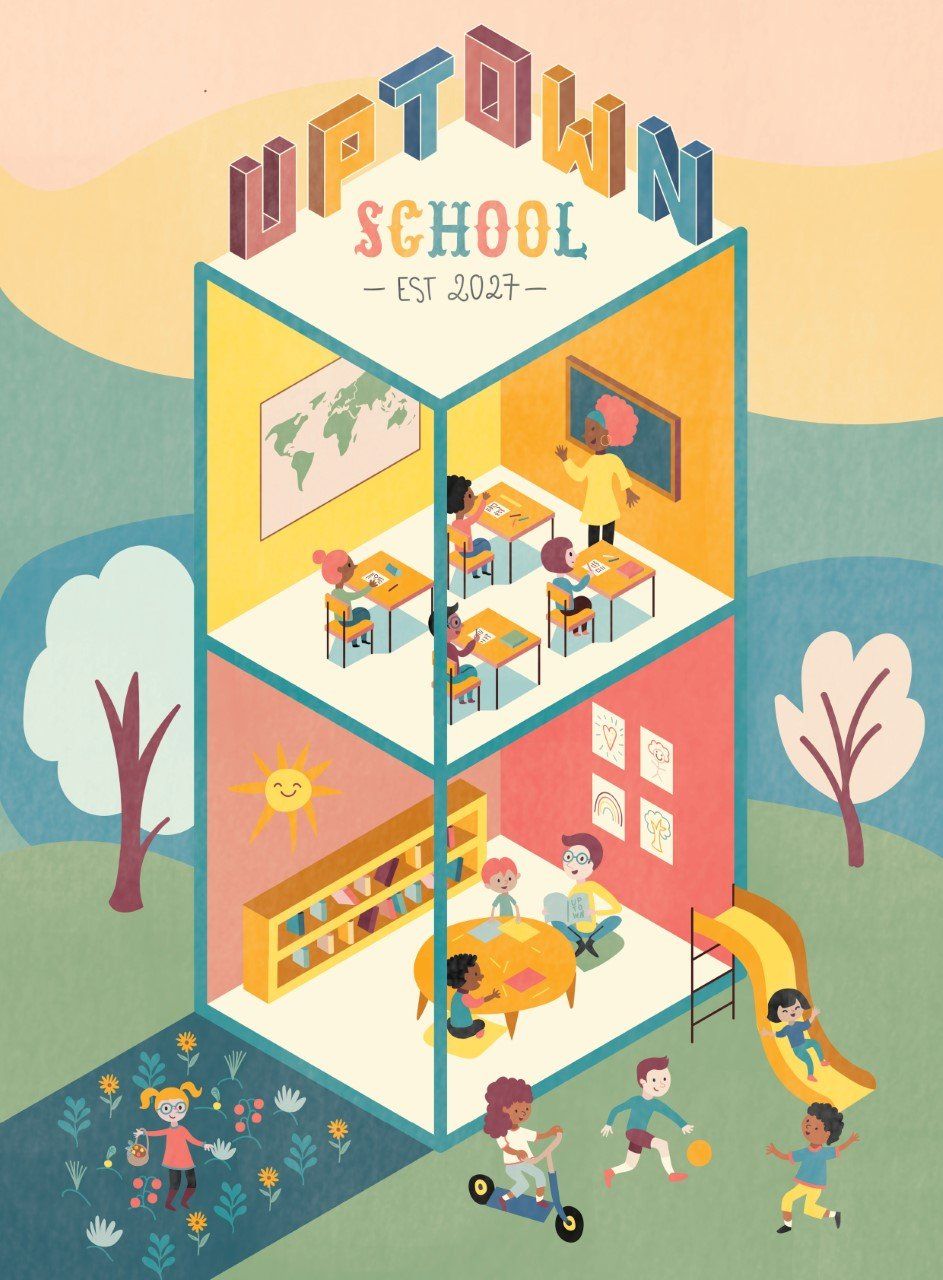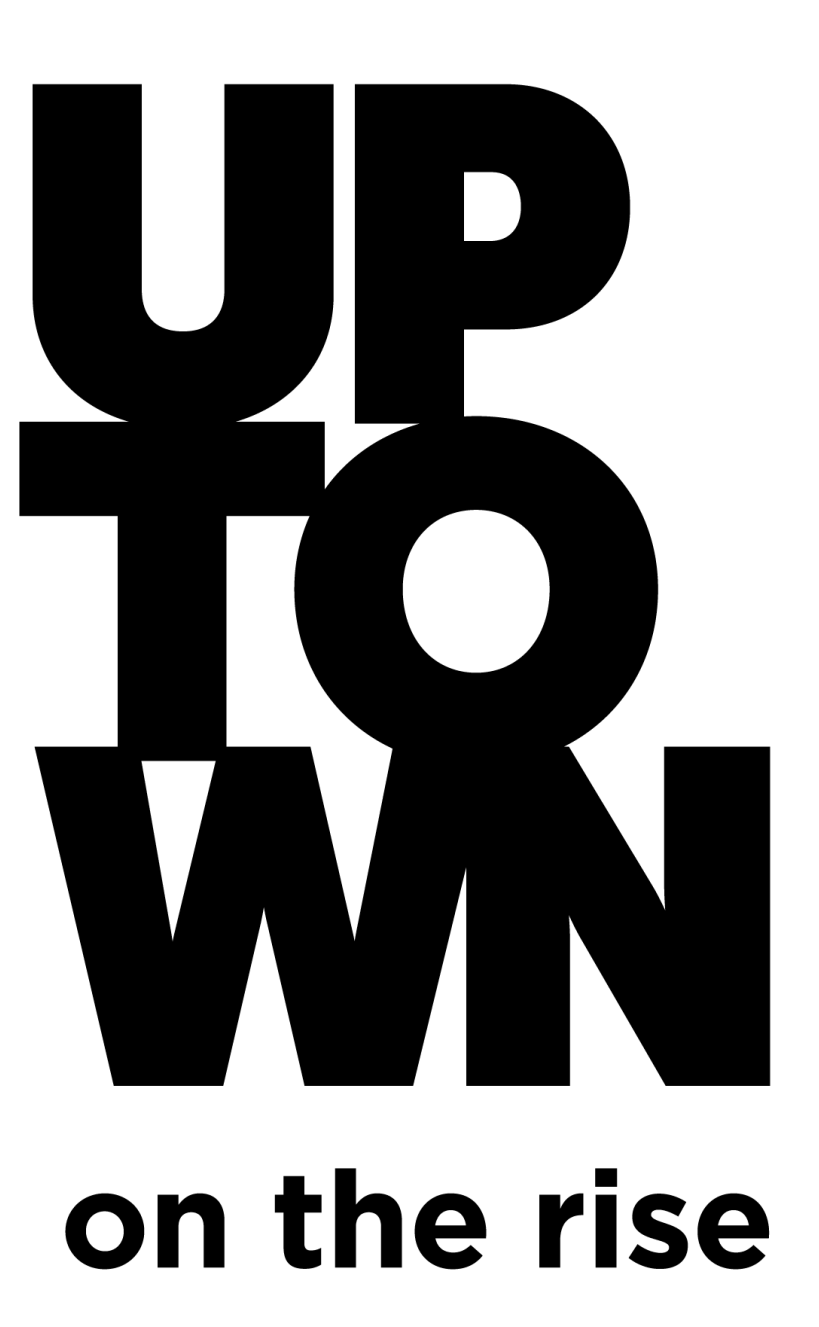
Learning Curve
Words: Russell Brown
When Uptown consulted residents and local businesses about their aspirations for the future of the precinct, one of the desires that came through most strongly was that Uptown should be a place where families could settle and their children grow up. That’s about more than housing – and more than anything, it needs education to be part of the picture.
Both the current government and the last have talked about a new kind of urban school, but the gap between talk and action remains wide. So what will it take to act and what kind of school should we want? The answer to the first question is up to the Ministry of Education, but there are pointers in another city that could answer the second. And Uptown is right in the midst of it.
First, some background: in 2019, the Ministry of Education’s Growth Plan to 2030 forecast that an additional 60,000 student places would be needed in Auckland by 2030, more than half the predicted increase for the whole country. But that growth won’t be the same everywhere in the city. Many of the places where high growth in student numbers was expected represent new developments on the far edges of the city, but right in the middle of the high-growth map is the central city and inner-western suburbs.
The two represent different kinds of growth. For the ministry, those new suburbs on the far edges are “Blueprint for Growth” areas, where new schools can be planned for new communities. Uptown – and the whole “Grammars Western Springs” school catchment – has been identified as a “Complex Growth” area, which is defined as one where “the area is desirable and there continues to be population growth despite limited room for expansion outwards” and where urban renewal is in progress.
Initially, growth is supposed to be accommodated by reshuffling school zones and the expansion of existing schools, although few of those are really close to Uptown. But the plan also calls for the acquisition of land in the city centre for a new city centre primary school some time in this decade and, after 2030, new city centre primary and secondary schools.
In 2017, the former education minister Nikki Kaye raised the idea of a new kind of school, one that might be built up, rather than out, in urban spaces and which might lack some of the traditional trappings of New Zealand schools, such as its own playing fields. There’s an example of this kind of school in Ao Tawhiti Unlimited Discovery, the special character state school in the Christchurch CBD, which serves families from all over Christchurch as well as local residents.
Uptown has a particular connection to Ao Tawhiti – it’s where Rachel Hamilton, the business association’s marketing and admin officer (“but I kind of do everything”), got her education.
“I understand the potential for this kind of school here, because I’ve lived it,” she says.
Ao Tawhiti’s main building in Christchurch is down the road from the bus exchange in the centre of the city, making it easy for students to get to. When the City Rail Link is completed, the new Maungawhau station will be an even more connected transport hub.
“I think there’s going to be so much potential for an open zone school. People can come from South Auckland and West Auckland on the train and just all get off in Uptown.”
But the Ao Tawhiti example is about more than just transport.
“We used the city centre as our learning environment, basically,” says Rachel. “So the public library was our school library. We would work in internships with the local businesses and take classes at the university in high school. We really used the setting of being in the city as a part of our education, which was just awesome.”
The potential in the Uptown precinct is, if anything, even greater. There are two universities within walking distance. For decades, lower rents have attracted NGOs such as Forest & Bird and the Mental Health Foundation – could they help shape the character of a new school? The Mind Lab, Uptown’s school for high-achieving grown-ups, began with children’s education – could that part of its DNA be brought back for a new educational venture?
To develop the idea, Rachel reconnected with one of her former teachers at Ao Tawhiti, Alastair Wells, who has since completed a PhD thesis on modern learning environments and lectures at AUT. He too sees the potential for harnessing community resources, observing that local businesses and institutions “are mostly only too pleased to have connections, and it just makes learning much more exciting and authentic for students”.
Interaction with an urban community can flow both ways, says Alastair.
“The main focus of the thinking is that this place is something that can be used by everybody. It’s not just simply a school that’s used for a certain amount of hours a day and closed during the holidays.”
Rachel and Alastair have been discussing the idea with Labour’s central Auckland-based MP Helen White for about 18 months and as part of the dialogue, Alastair has written a discussion document, The Vertical School, to “begin a conversation about what kind of school could we look at fitting into that area”.
The document envisages a school that serves both primary and secondary students, as Ao Tawhiti does, but also encompasses early childhood education and provides links to the tertiary sector. The same site could provide adult education outside school hours and even youth health services.
This kind of diversity might be hard to accommodate in a traditional school design, but Alastair’s document argues that “public money is well spent on buildings that are versatile and flexible enough to be open all the time, to truly engage with the concept of flexible learning space”.
Uptown offers an unprecedented opportunity to create such spaces. Even in regenerating urban environments, space for new developments is at a premium – but the completion of the CRL will leave 100,000 square metres of blank canvas. It’s hard to think of a better environment to explore these new ideas.
That doesn’t mean the concept will be an easy sell to the Ministry of Education. As Alastair observes, it would require a dialogue between the property management and curriculum sides of the ministry, which aren’t always on the same page.
“But it’s an incredibly exciting project,” he says. “There’s been a lot of talk about how a school like this could be something really special. But I think sooner or later we actually have to think about, well, what is this future that we are educating our children for? And then make some really clear decisions about the way forward.”
